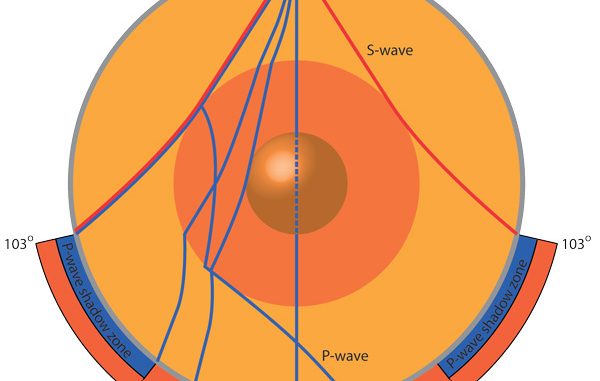
An earthquake is the sudden movement of the Earth’s tectonic plates, resulting in shaking of the ground. All natural earthquakes occur in the lithosphere.
- The magnitude of an earthquake and the intensity of shaking is usually reported on the Richter scale. It was invented by Charles Francis Richter in 1935.
- The Richter scale is numbered 0-9. The largest earthquake ever measured was a 9.5.
- The study of earthquake is called seismology.
- Earthquakes are measured using observations from seismographs.
- An earthquake under the ocean can cause a tsunami, which can cause just as much destruction as the earthquake itself in mountainous areas.
Types of an Earthquake-
- Tectonic Earthquakes– Earthquakes are caused by tectonic movements in the earth’s crust.
- Volcanic Earthquakes– Earthquakes which are caused by volcanic eruptions are called Volcanic Earthquakes.
- Collapse Earthquakes– In areas of intense mining activity, often the roofs of underground mines collapse and minor tremors take place. These are called collapse earthquake.
Waves of earthquake-
P- Waves– P-Waves are known as Primary waves. They are the first waves to arrive at the surface. the characteristics of P-Waves are like sound waves. They travel through all three mediums- solid, liquid and gas. These waves have a tendency to vibrate parallel to the direction of wave propagation. These waves are responsible for elongating and squeezing of material.
S- Waves– S- waves arrive after some time after the happening of Earthquake and they are called secondray waves. The direction of vibration of this S- Waves is perpendicular to the direction of wave propagation.
Leave a Reply